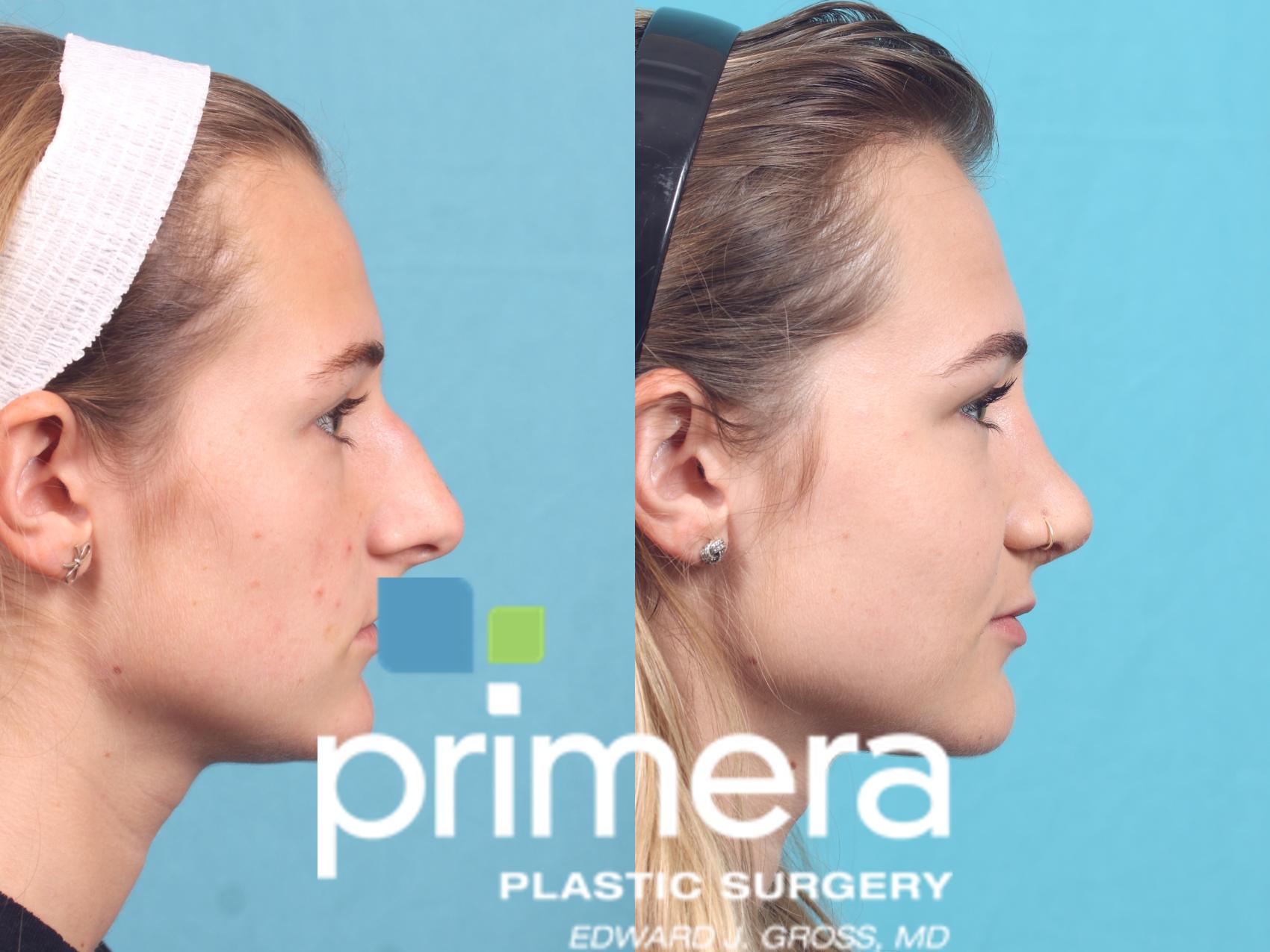Rhinoplasty (Nose Job) - San Diego - SKY Facial Plastic Fundamentals Explained


Best Rhinoplasty Surgeon - Find A Top Surgeon for a Nose Job - Dr Adam Basner
Nose Job (Rhinoplasty) for Northern California - Kaiser Things To Know Before You Get This
the elevator muscle group which consists of the procerus muscle and the levator labii superioris alaeque nasi muscle. the depressor muscle group which includes the alar nasalis muscle and the depressor septi nasi muscle. the compressor muscle group that includes the transverse nasalis muscle. the dilator muscle group that includes the dilator naris muscle that expands the nostrils; it remains in two parts: (i) the dilator nasi anterior muscle, and (ii) the dilator nasi posterior muscle.
B. Aesthetics of the nose nasal subunits and nasal sections [modify] To plan, map, and execute the surgical correction of a nasal defect or defect, the structure of the external nose is divided into nine aesthetic nasal subunits, and six aesthetic nasal segments, which offer the plastic cosmetic surgeon with the measures for identifying the size, degree, and topographic locale of the nasal problem or defect.

Rhinoplasty (Nose Job) for Scottsdale & Phoenix, AZ - DrTodd Hobgood
Rhinoplasty in Philadelphia PA - DiBello Plastic Surgery Fundamentals Explained
the dorsal nasal segment the lateral nasal-wall segments the hemi-lobule section the soft-tissue triangle segments the alar sections the columellar section Nose job: The Common carotid artery. Utilizing Did you see this? -ordinates of the subunits and sections to identify the topographic place of the flaw on the nose, the cosmetic surgeon strategies, maps, and executes a nose surgery procedure.
For this reason, if more than 50 percent of an aesthetic subunit is lost (harmed, malfunctioning, destroyed) the cosmetic surgeon replaces the whole aesthetic segment, typically with a regional tissue graft, collected from either the face or the head, or with a tissue graft gathered from somewhere else on the client's body. C. Nasal blood supply arteries and veins [modify] Like the face, the human nose is well vascularized with arteries and veins, and therefore supplied with plentiful blood.

Getting The Rhinoplasty - Rush System To Work
The external nose is supplied with blood by the facial artery, which becomes the angular artery that courses over the superomedial aspect of the nose. The sellar region (sella turcica, "Turkish chair") and the dorsal region of the nose are provided with blood by branches of the internal maxillary artery (infraorbital artery) and the ophthalmic arteries that stem from the internal typical carotid artery system.
